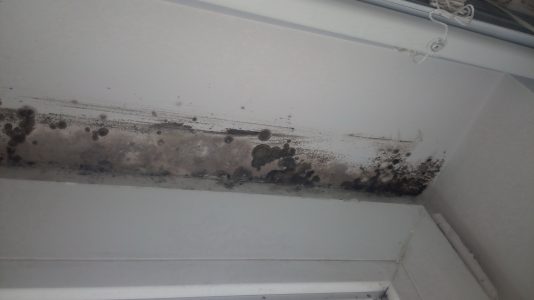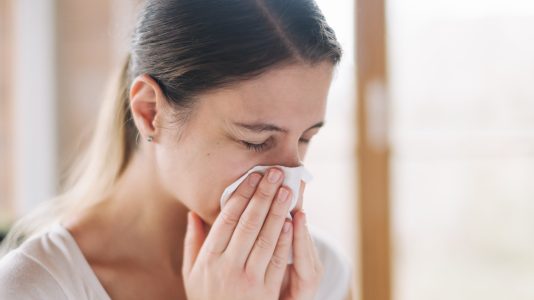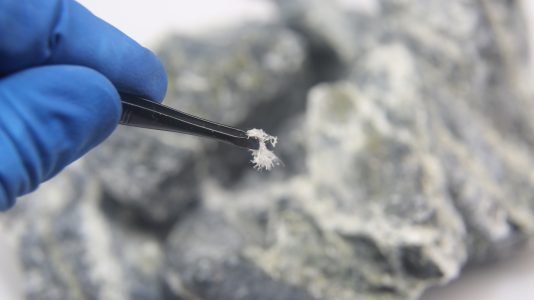What are the risks related to fungus and mould present?
14 avril 2021
The presence of fungus and mould in any building is a serious matter for three main reasons:
- They pose serious health threats
- They never go away on their own
- The risks grow exponentially over time
In this article, the air quality and hazardous materials testing experts at Qualitam in Montreal share insights about the risks related to fungus and mould in residential, commercial or industrial buildings.
Why is mould dangerous for our health?
There is no safe limit for mould in the home or workplace, and any level of mould can cause health problems. Sometimes mould build-up is undetectable, and other times you’ll see or smell evidence right away. In either case, if there is mould in any buildings you spend time in, especially your home, your family is at increased risk for health complications such as:
- eye, nose and throat irritation
- coughing and mucous (phlegm) build-up
- wheezing and shortness of breath
- worsening of asthma symptoms
- other allergic reactions
If you suspect the presence of mould, fungus, or other contaminants or hazardous materials in your home or workplace, have it inspected by a qualified inspector so that the situation can be remedied immediately. It is essential that you learn both where and why the contaminants are growing before jumping to clean-up and remediation, otherwise you’ll experience the problem again.
Mould spores never die
If you’re hoping that the mould and fungus issue in your building will resolve itself, think again. Mould spores don’t ever die. Without a constant supply of water, they will “go to sleep”, but can spring back to life once moisture becomes available again. Some types can lay dormant for hundreds of years, even after hundreds of years.
For this reason, anytime mould or fungus is located in a building, it must be remediated and removed. Always start with a professional building inspection to clearly identify where the spores are and where they are getting their moisture from. Calling in a remediation team too quickly will cost you in the long-run because you can only wait to see when and where the problem will sprout again. Literally.
Spores: the ultimate super-spreaders
Mould and fungus are prolific spreaders: their spores can spread through air, water, or on animals. In buildings, mold spores are notorious for infiltrating HVAC systems and then circulate at will.
“Air cycles through your home about seven times a day.”
Air cycles through your home about seven times a day, and if that air contains mould or other fungus spores, growth can be accelerated. Combined with humidity, air ducts become the perfect breeding ground for bacteria, mold, mites and allergens which build up and then pose the health risks listed above.
The presence of mould or fungus in a building, regardless of how close it is to an air duct vent will only spread and grow over time. If you notice any signs of these dangerous pathogens, don’t delay in calling in a professional inspector.
The right team for the job
With more than 20 years of experience in the field, the team of engineers and building inspectors at Qualitam (Mold certified and indoor Air consultant as well) help Montreal area residential and commercial building owners make informed decisions about their properties. We have cutting edge tools and unparalleled experience when it comes to getting to the bottom of mould, fungus, asbestos and other contaminants in residential, commercial and industrial buildings. Give us a call!





